Neuroscience
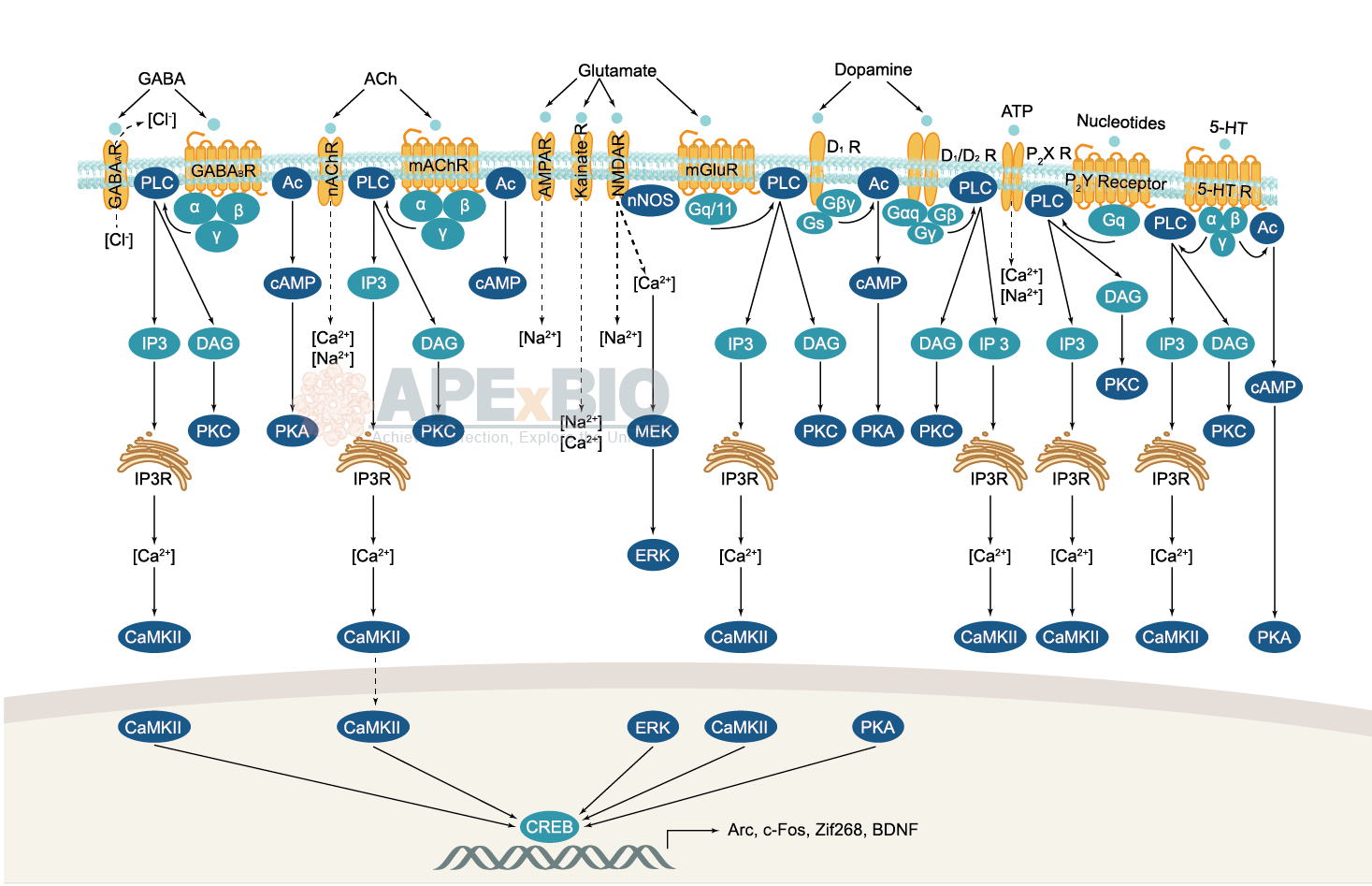
Neurotransmitter receptors function via various G-protein coupled and G-protein independent mechanisms that activate downstream intracellular signaling pathways such as cAMP/PKA, PI3K/AKT, phospholipase A2, and phospholipase C pathways. For instance, dopamine receptors act through adenylate cyclase to activate PKA and other signaling molecules, thereby mediate gene expression through the actions of CREB and other transcription factors. Other neurotransmitters such as NMDAR or AMPAR are associated with ion channels that control flux of Ca2+ and Na+, thus propagating the action potential across the post-synaptic neuron.
Dysfunctions in GABAergic/glutamatergic/serotonergic/dopaminergic pathways result in a broad range of neurological disorders such as chronic pain, neurodegenerative diseases, and insomnia, as well as mental disorders including schizophrenia, bipolar disorder, depression, and addiction.
-
 B6403 (+)-AJ 76 hydrochlorideSummary: Dopamine receptor antagonist
B6403 (+)-AJ 76 hydrochlorideSummary: Dopamine receptor antagonist -
 B6410 Anpirtoline hydrochlorideSummary: 5-HT1B receptor agonist
B6410 Anpirtoline hydrochlorideSummary: 5-HT1B receptor agonist -
 B6412 7-Hydroxy-DPAT hydrobromideSummary: D3 dopamine receptor agonist
B6412 7-Hydroxy-DPAT hydrobromideSummary: D3 dopamine receptor agonist -
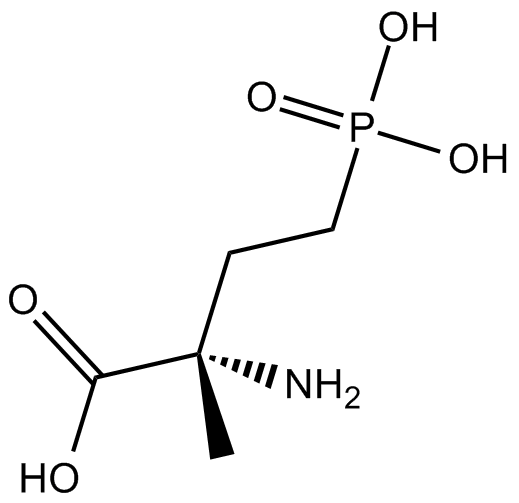 B6414 MAP4Summary: metabotropic glutamate receptor modulator
B6414 MAP4Summary: metabotropic glutamate receptor modulator -
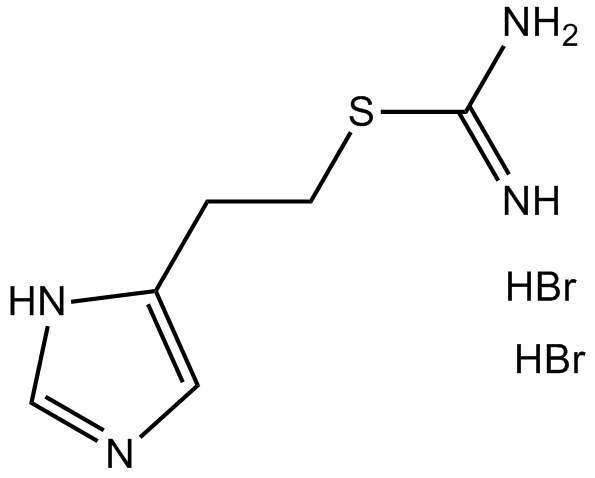 B6424 Imetit dihydrobromideSummary: H3 and H4 receptors agonist
B6424 Imetit dihydrobromideSummary: H3 and H4 receptors agonist -
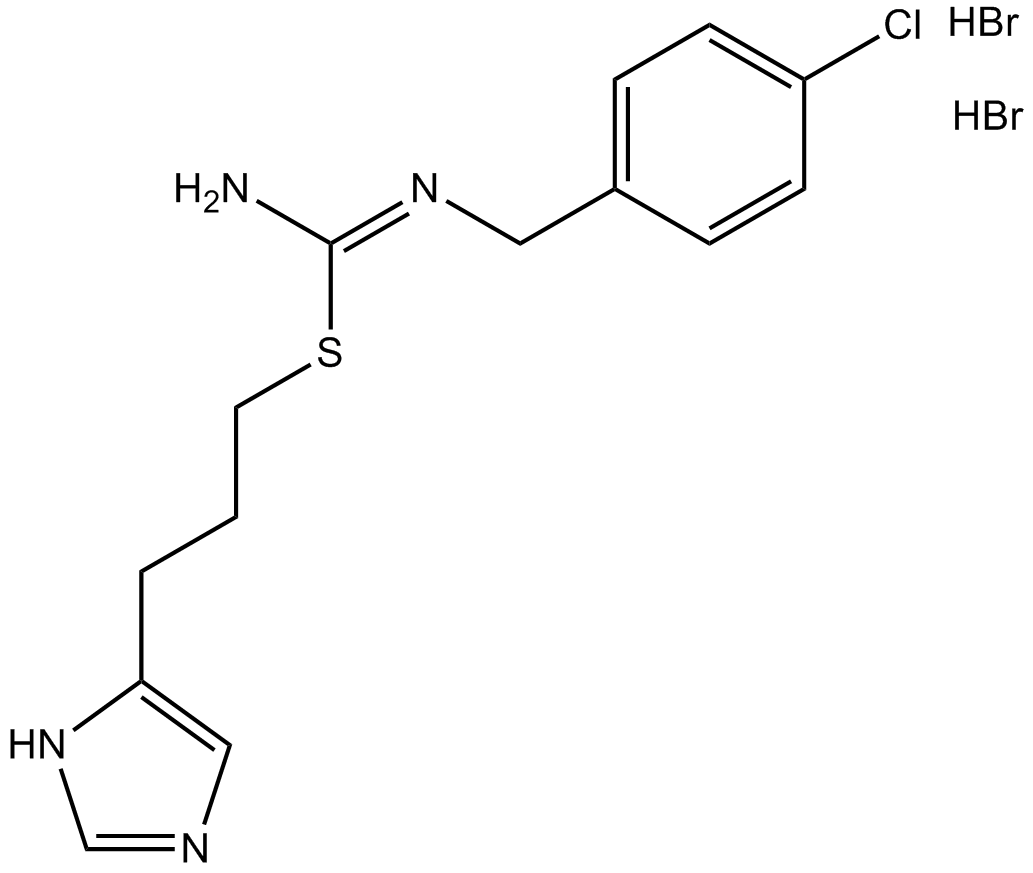 B6437 Clobenpropit dihydrobromideSummary: histamine H3 antagonist/inverse agonist
B6437 Clobenpropit dihydrobromideSummary: histamine H3 antagonist/inverse agonist -
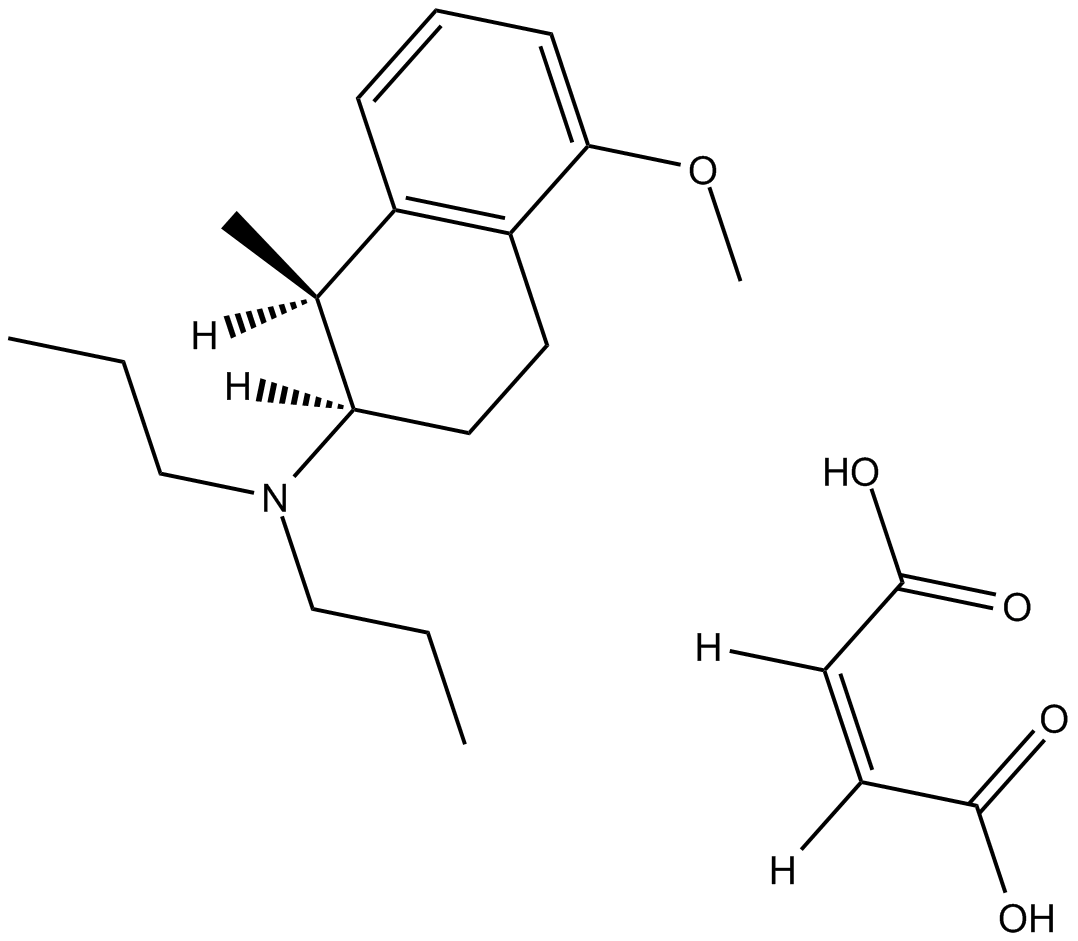 B6446 (+)-UH 232 maleateSummary: D2 antagonist
B6446 (+)-UH 232 maleateSummary: D2 antagonist -
 B6449 Iodophenpropit dihydrobromideSummary: H3 antagonist
B6449 Iodophenpropit dihydrobromideSummary: H3 antagonist -
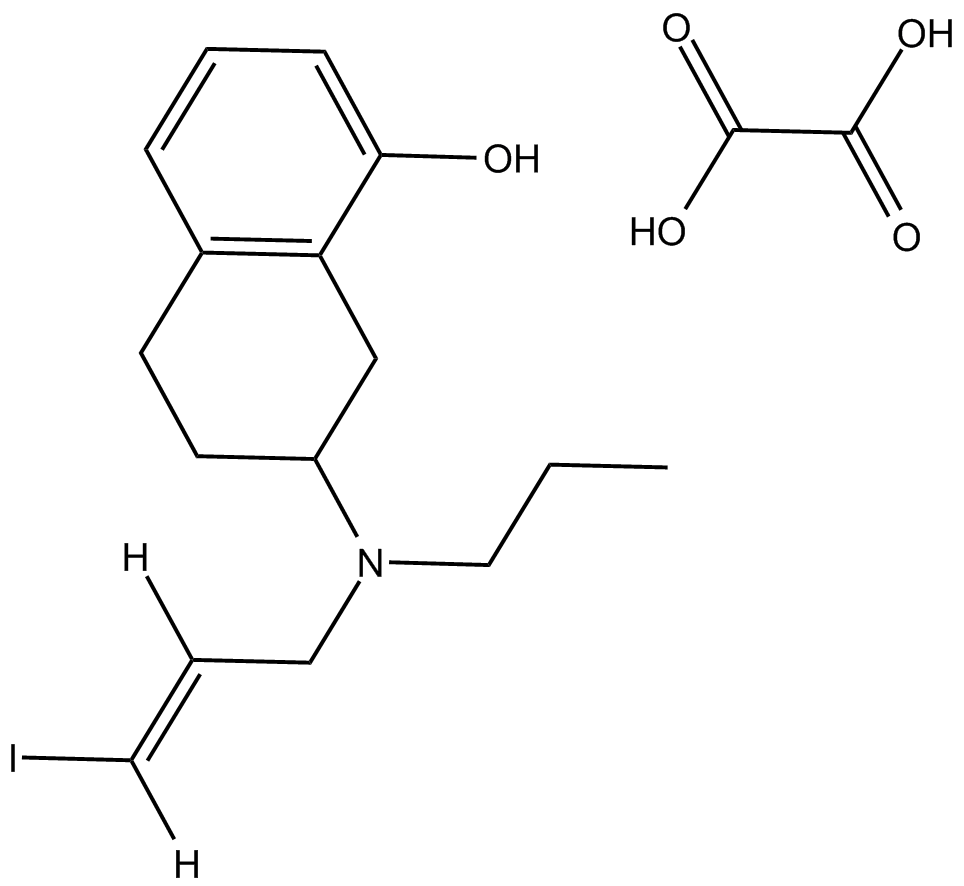 B6457 8-Hydroxy-PIPAT oxalateTarget: 5-HT1 ReceptorsSummary: 5-HT1A receptor agonist
B6457 8-Hydroxy-PIPAT oxalateTarget: 5-HT1 ReceptorsSummary: 5-HT1A receptor agonist -
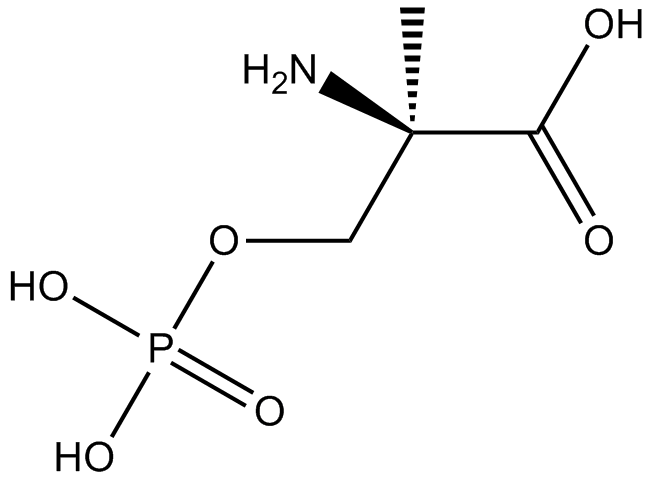 B6458 MSOPSummary: group III metabotropic glutamate receptor antagonist
B6458 MSOPSummary: group III metabotropic glutamate receptor antagonist

